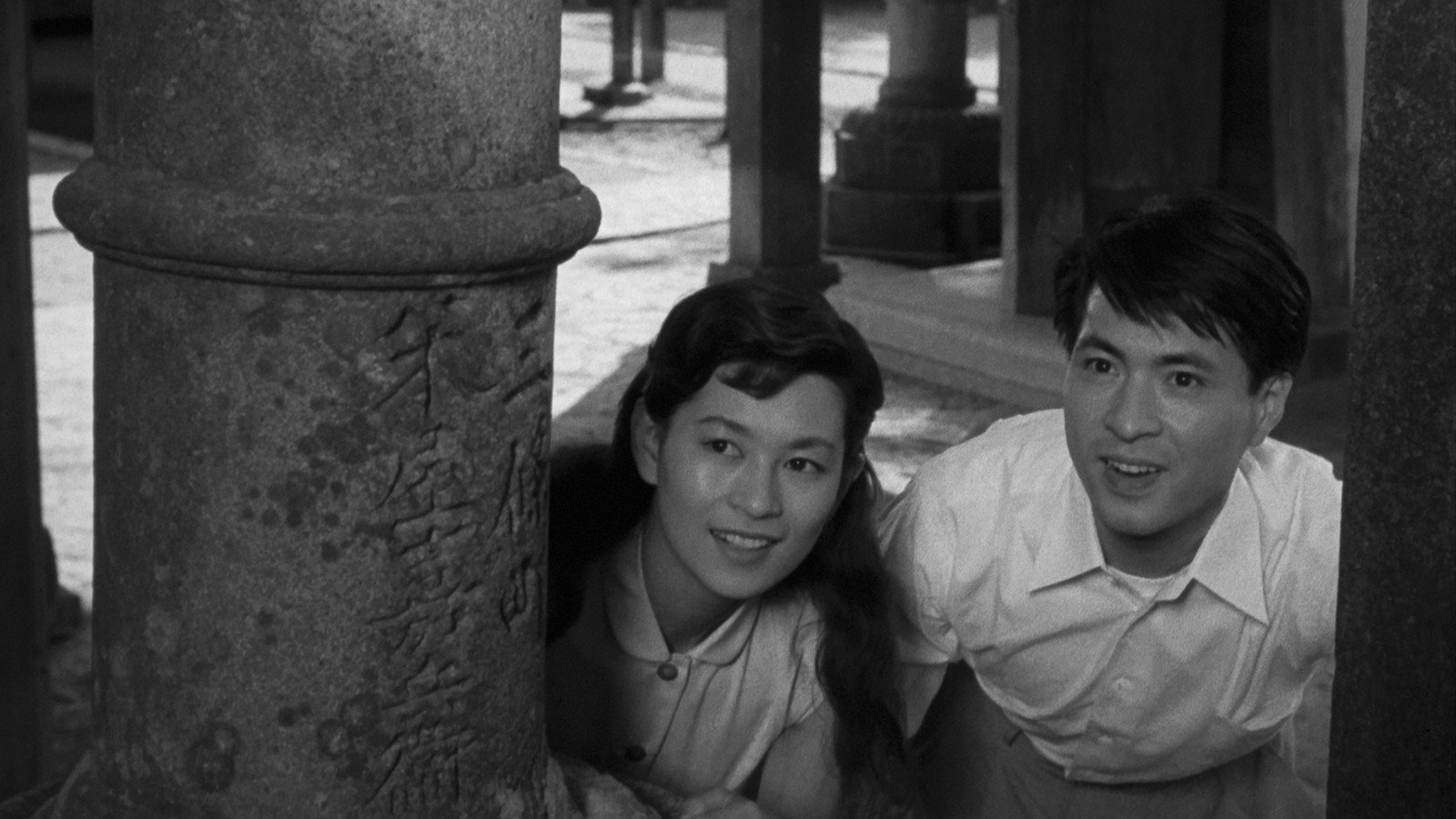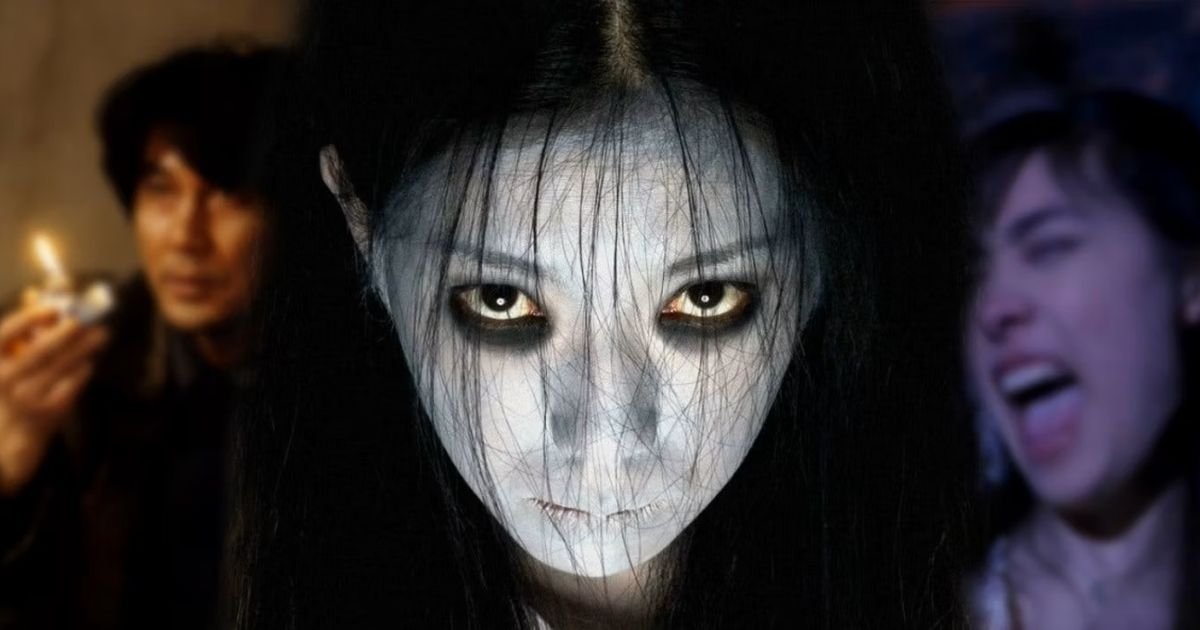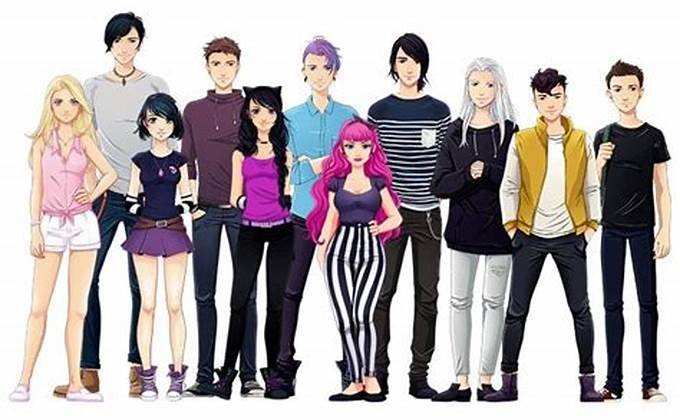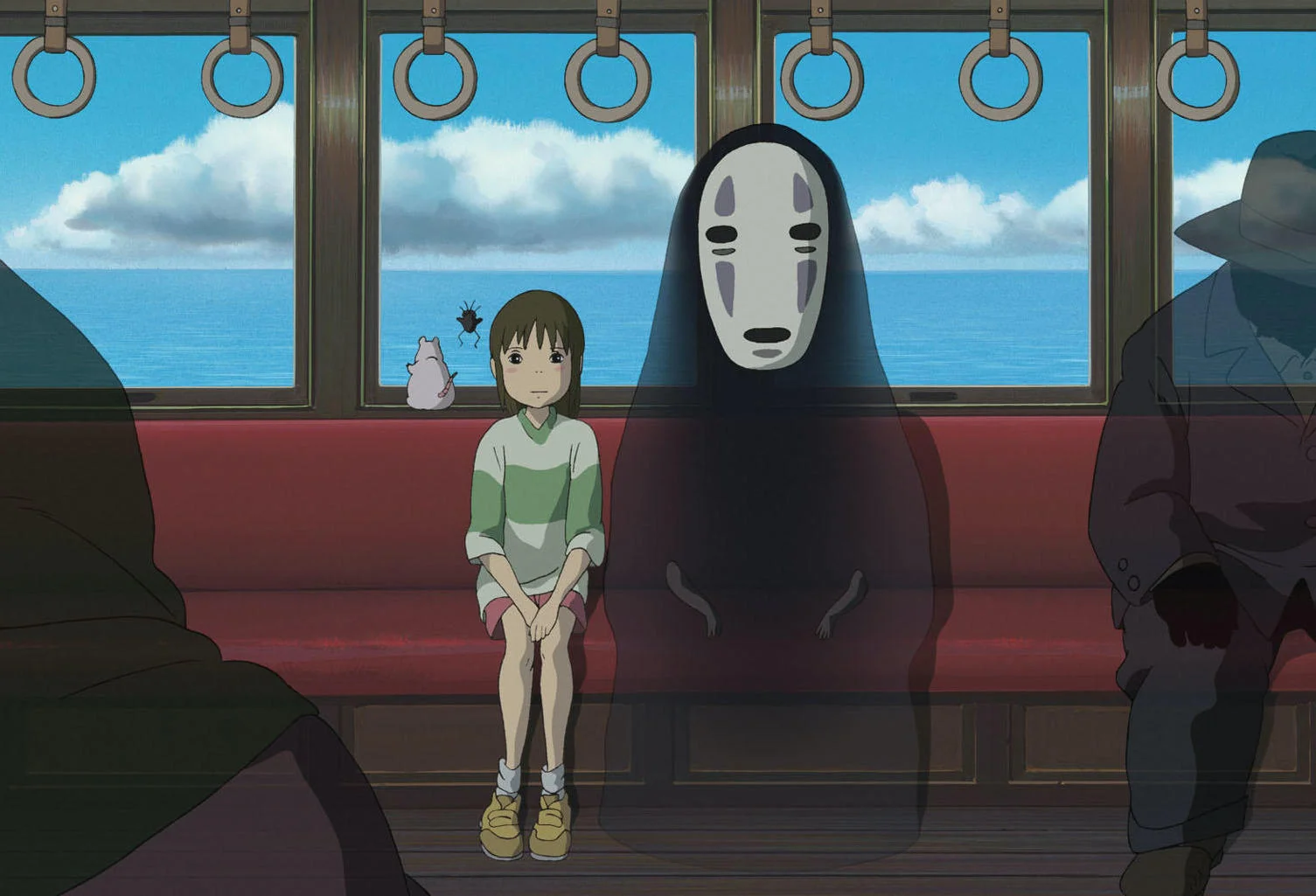While Japanese cinema has historically been male-dominated, women directors and actors have made significant strides, leaving an indelible mark on the industry. From early trailblazers who broke into the male-centric world of film to modern-day pioneers who continue to challenge conventions, women in Japanese cinema have contributed greatly to its evolution.
1. Pioneering Women Directors in Japanese Cinema
a. Kinuyo Tanaka: The First Female Japanese Director
Kinuyo Tanaka, one of Japan’s most iconic actors from the pre-war era, transitioned into directing in the 1950s, becoming one of Japan’s first female directors. Her films often tackled themes of love, loneliness, and the challenges faced by women, providing a rare female perspective in post-war Japanese cinema.
- Notable Works: Love Letter (1953), The Moon Has Risen (1955).
b. Naomi Kawase: A Force in Independent Cinema
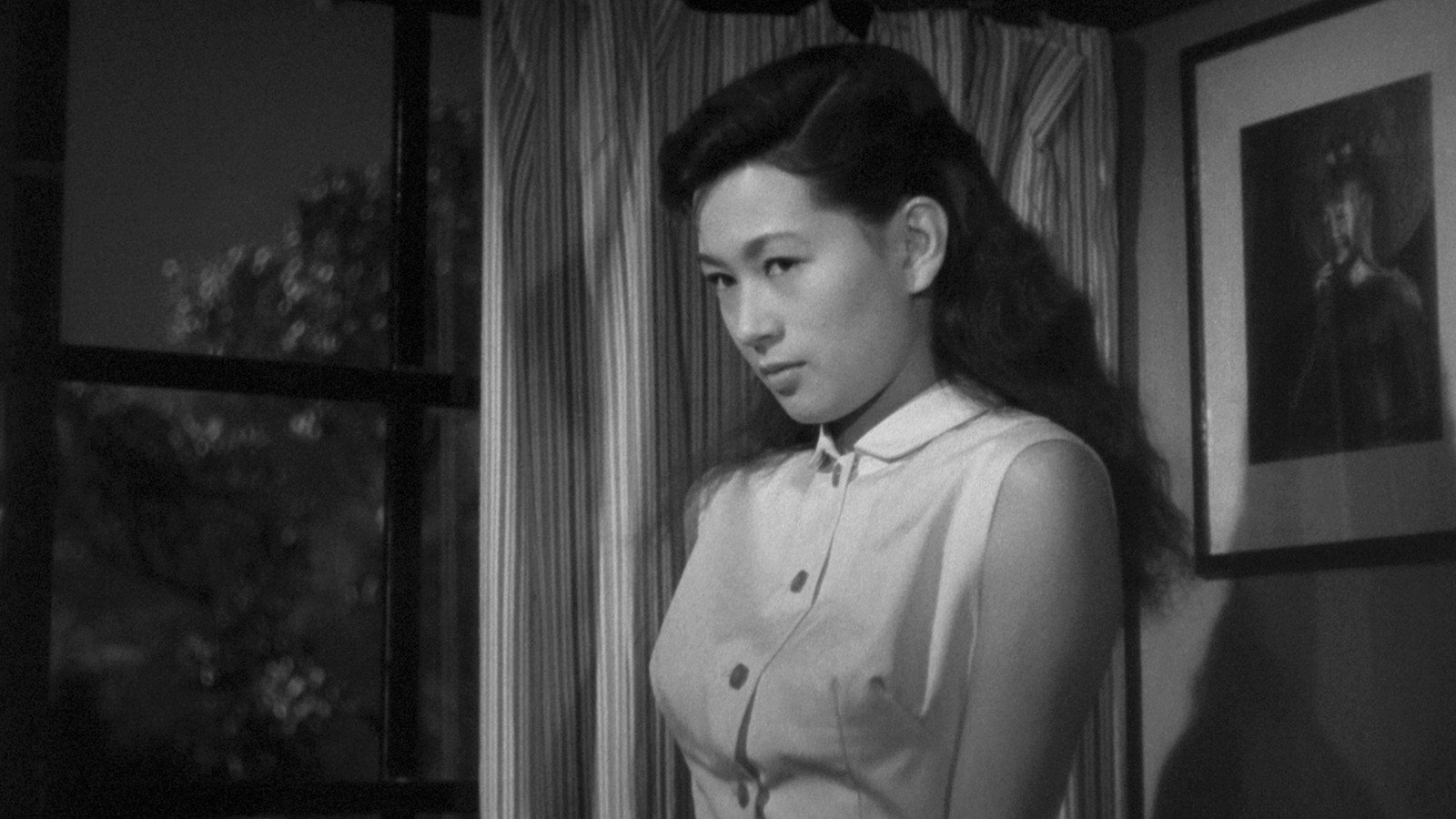
Naomi Kawase is one of Japan’s most celebrated contemporary directors. Known for her intimate, meditative films that explore nature, family, and memory, she has earned global recognition. Kawase has also become a prominent figure at international film festivals, including Cannes.
- Notable Works: The Mourning Forest (2007), Sweet Bean (2015).
c. Mika Ninagawa: The Queen of Visual Splendor
Known for her vibrant, visually stunning films, Mika Ninagawa’s work often blurs the lines between reality and fantasy. Her films explore themes of beauty, desire, and the complexities of female identity in modern Japan.
- Notable Works: Sakuran (2006), Helter Skelter (2012).
2. Influential Female Actors in Japanese Cinema
a. Setsuko Hara: The Eternal Icon
Known for her roles in classic films by directors such as Yasujirō Ozu, Setsuko Hara became the embodiment of post-war Japanese femininity. Her ability to portray deep emotional range with subtlety made her one of the most beloved actors in Japan’s golden era of cinema.
- Notable Works: Tokyo Story (1953), Late Spring (1949).
b. Meiko Kaji: The Face of Japanese Cult Cinema
Meiko Kaji became an icon of Japan’s cult cinema in the 1970s, starring in action and revenge films that challenged traditional portrayals of women. Her strong, rebellious characters in films like Lady Snowblood helped redefine the role of women in Japanese film.
- Notable Works: Lady Snowblood (1973), Female Convict Scorpion series.
c. Rinko Kikuchi: Breaking into Hollywood
Rinko Kikuchi gained international acclaim for her role in Alejandro González Iñárritu’s Babel (2006), making her one of the few Japanese actors to break into Hollywood. She continues to take on diverse roles both in Japan and abroad, showcasing the versatility of Japanese female actors.
- Notable Works: Babel (2006), Pacific Rim (2013).
3. Challenges Faced by Women in Japanese Cinema
Despite the many contributions of women in Japanese cinema, the industry remains a challenging environment. Female directors often struggle with underrepresentation and limited access to funding, while actors are frequently typecast into traditional roles. However, the growing recognition of female-led films at international festivals is helping to challenge these barriers.
4. The Rise of Female-Centric Stories in Modern Japanese Cinema
Recent years have seen a rise in films centered around female perspectives, tackling issues such as gender inequality, identity, and the complexities of modern womanhood. Directors like Yuki Tanada (Romance Doll) and Natsuki Seta (A Liar and a Broken Girl) are carving out new spaces for women’s stories in contemporary Japanese cinema.
5. The Future of Women in Japanese Cinema
The landscape is changing, with more women behind the camera and on screen taking on diverse and complex roles. The continued success of female directors like Naomi Kawase and Mika Ninagawa, alongside new talents, signals a promising future for women in Japanese cinema. As their visibility grows internationally, they are challenging the industry’s long-standing gender biases.
Conclusion
From pioneering directors like Kinuyo Tanaka to powerful actors like Meiko Kaji, women have played a crucial role in shaping Japanese cinema. Despite the obstacles, their contributions continue to inspire new generations of filmmakers and actors, ensuring that the voices of women in Japanese film will be heard for years to come.







